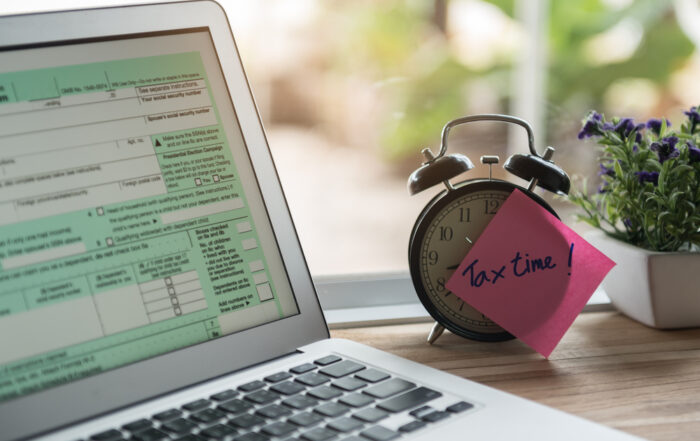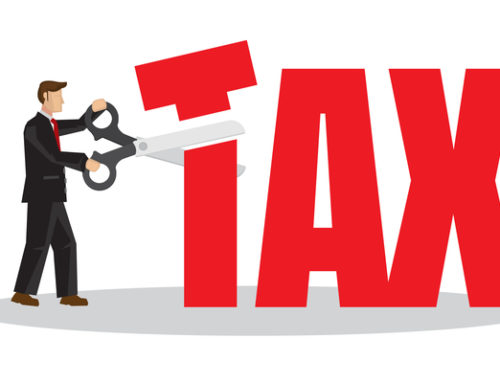Below are seven tax tips which may help to lower your taxes and save money when putting together your tax return. Also, be sure to talk to your accountant about the new tax-filing deadline of July 15, 2020.
1. Contributions to Simplified-Employed Pension (SEP) Accounts
A SEP IRA is a retirement savings plan established by employers—including self-employed people—for the benefit of their employees and themselves. You can contribute up to 25% of your salary or W-2 income. It is important to meet with your accountant in December of each year to determine the amount of salary or W-2 income. Once that is determined, you can make the contribution any time in the following year up to your required filing date. Please visit with your accountant for the exact details to make this happen.
2. 401K
A 401k is a qualified retirement plan that allows eligible employees of a company to save and invest for their own retirement on a tax deferred basis. Only an employer is allowed to sponsor a 401k for their employees. Employees should make sure they are maximizing the contribution made each year through payroll on a per check basis. This will allow employees to dollar cost average into their investments.
3. Roth or Deductible IRA
The Roth IRA, like a traditional IRA, builds savings by allowing its owner to make regular contributions and invest them in a portfolio of stocks, bonds, mutual funds or other investments. If eligible, make the maximum contribution allowed. Meet with your financial planner and accountant for the best strategy as to whether to use a Roth or the deductible IRA. Contributions to a traditional IRA may be tax deductible in the contribution year, with current income tax due at withdrawal.
4. Charitable contributions
Making charitable contributions can help an individual or organization save money on taxes. It also feels good! Here’s a full list of the benefits of charitable giving.
5. Meet Annually with your Financial Advisor & Accountant
Be proactive and meet with both your financial advisor, and your accountant, in September of each year. This will allow you to be proactive with your tax and investment planning.
6. Employ Helpful Software & Tools
Use a helpful software such as Quicken to manage and organize your spending, investments and income. This will allow you to pay closer attention to your financial situation and print reports for your accountant. Tools like this can also reduce the cost of your tax preparation.
7. Do a Monthly Review
Spend a half an hour per month reviewing your financial situation. Make appropriate adjustments as you move through the year. If you have questions, consult your financial planner. Here is a full list of services your financial advisor should be providing.
[gravityform id=”1″ title=”true” description=”true”]




